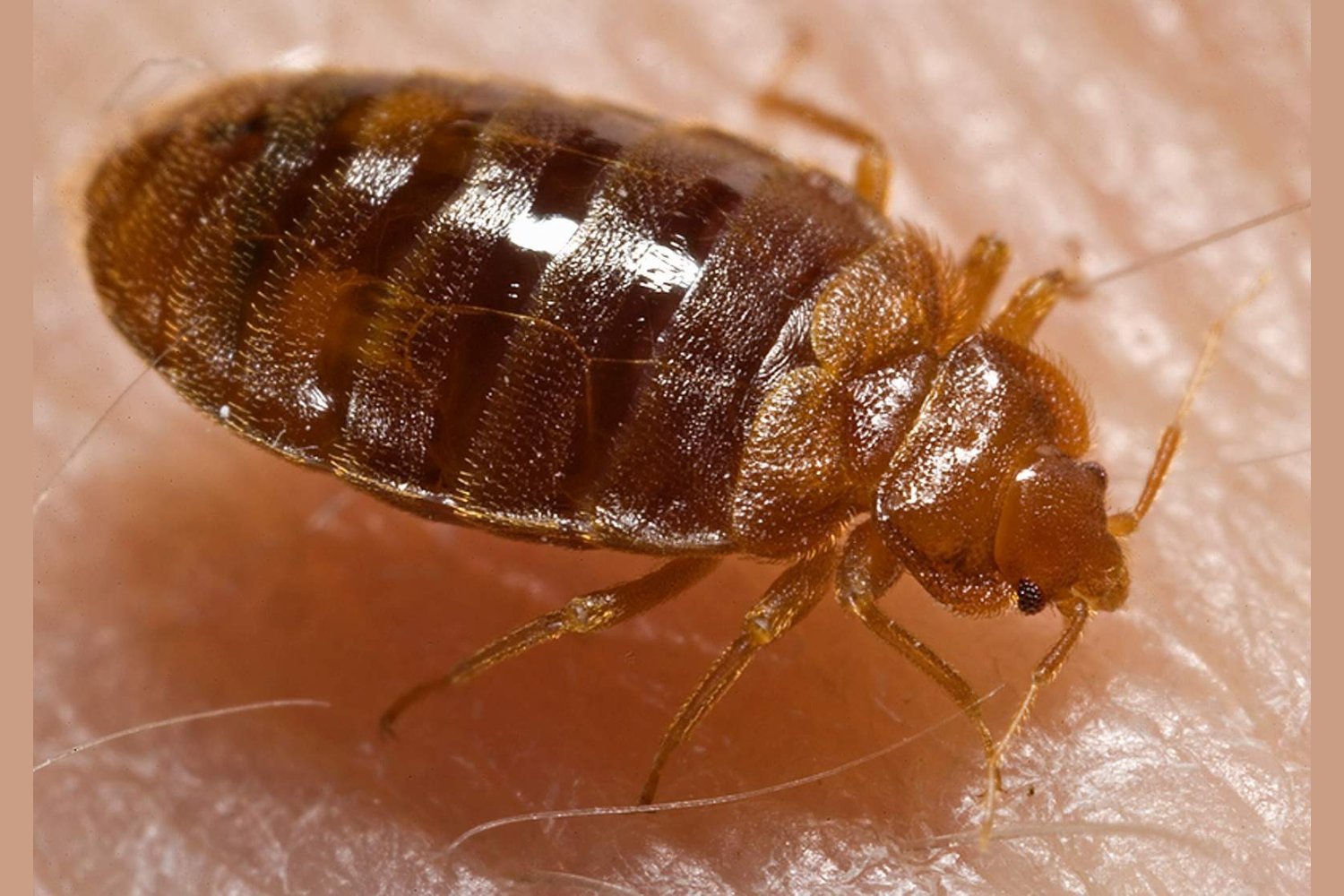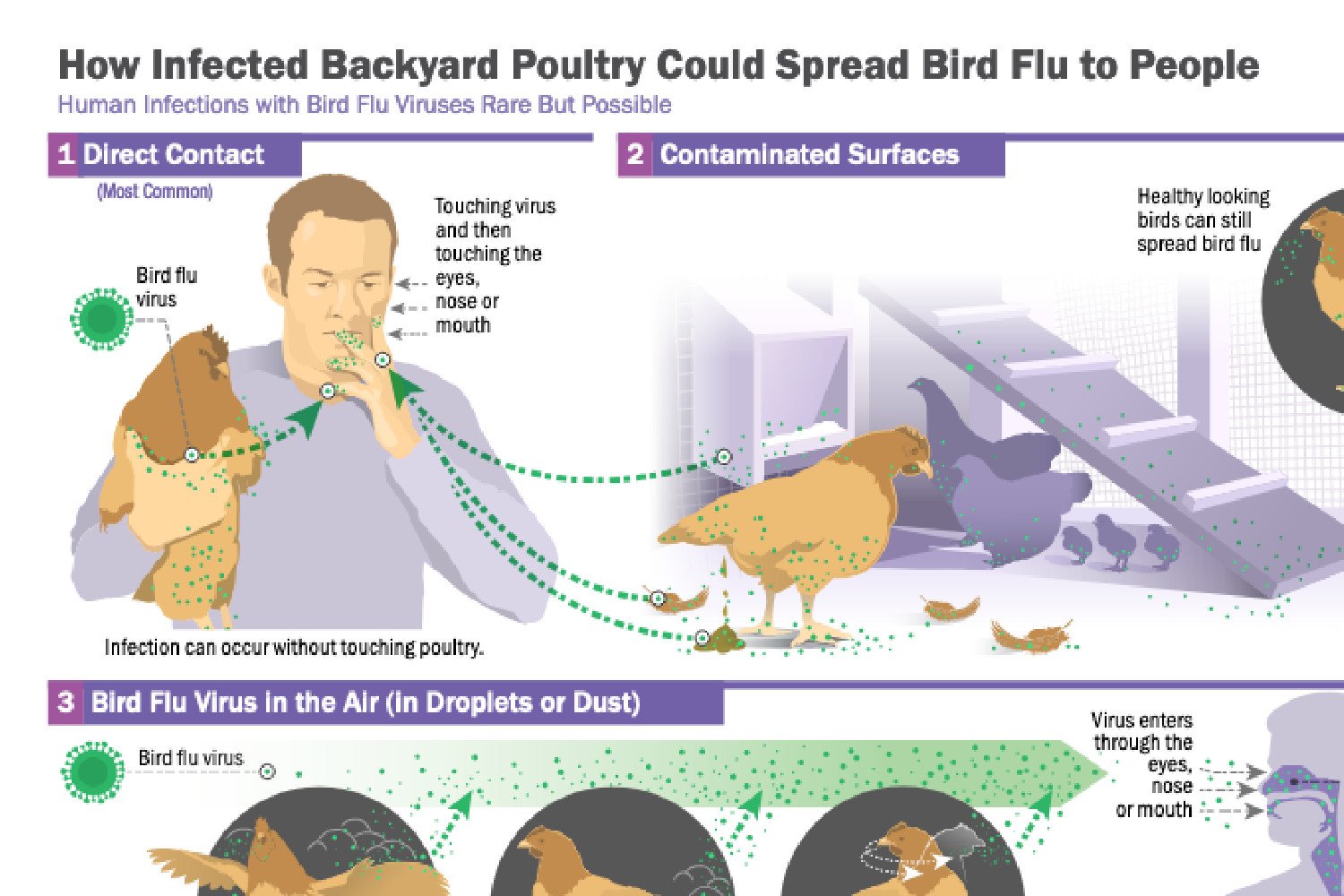Bed bugs, once nearly eradicated, have made an unwelcome comeback in recent decades. This resurgence is largely due to their growing resistance to insecticides. Scientists are now delving into the genetic factors behind this resistance, offering potential solutions for future pest control strategies. A recent study has provided groundbreaking insights into the genetic mutations that empower these resilient pests.
This article explores a study published in Insects that unveils the most complete insecticide-resistant bed bug genome sequenced to date. By comparing this genome to a susceptible (non-resistant) bed bug genome, researchers have identified key genetic mutations driving insecticide resistance.
A Deep Dive into Bed Bug Genetics
While bed bugs are not known to transmit diseases, their bites can cause a range of issues from itching and sleep deprivation to anxiety and allergic reactions, according to the Centers for Disease Control and Prevention (CDC). Excessive scratching can also lead to secondary skin infections. The need for effective pest control is clear.
Researchers from Hiroshima University, led by Hidemasa Bono, utilized a cutting-edge method called long-read sequencing. This technique allows for the sequencing of longer DNA sections with fewer gaps and errors compared to traditional methods. They sequenced the genomes of two bed bug strains: a non-resistant strain descended from wild bed bugs captured in Nagasaki over six decades ago, and a resistant strain collected from a Hiroshima hotel in 2010.
Unprecedented Resistance: A 20,000-Fold Difference
The comparison of these two genomes revealed hundreds of mutations linked to insecticide resistance in the hotel strain. Astonishingly, the hotel bed bug genome displayed a nearly 20,000-fold greater resistance to pyrethroids, a common synthetic pesticide, compared to the non-resistant strain.
Kouhei Toga, the study’s first author, highlighted the significance of these findings: “We identified 729 transcripts with resistance-specific mutations by comparing amino acid sequences between susceptible and resistant bed bugs.” These transcripts are RNA molecules that translate DNA instructions into proteins. The study not only confirmed previously known resistance mutations but also unearthed new ones.
Identifying Key Pathways to Resistance
These mutations were found in genes related to various cellular processes, including DNA damage response, cell cycle regulation, insulin metabolism, and lysosome functions. Lysosomes are organelles containing digestive enzymes, suggesting these pathways may play a critical role in the development of pyrethroid resistance.
Paving the Way for Future Pest Control
By pinpointing these mutations, the study provides crucial genetic resources for monitoring, understanding, and combating insecticide resistance in both wild and domestic bed bug populations. This research offers valuable insights that could lead to the development of more effective pest control strategies, helping to prevent future infestations and protect public health.
This deeper understanding of the genetic mechanisms behind insecticide resistance is a vital step towards developing targeted and effective pest control strategies. Further research will undoubtedly build upon these findings, contributing to a future where bed bug infestations are less prevalent and more easily managed.











